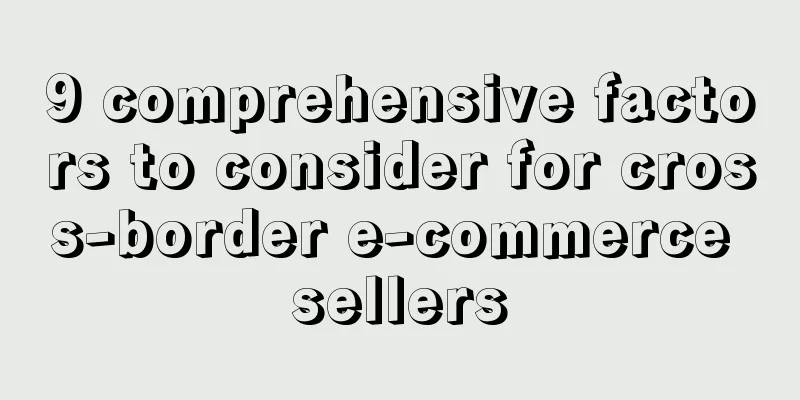The rise of online shopping has led sellers to build supply chains with e-commerce fulfillment partners. However, to many people, the inner workings behind these arrangements remain a relative mystery.
Having a basic understanding of what services vendors offer and are evolving is essential to properly tailoring your business to take advantage of advancements in the field.
By leveraging your knowledge of implementation, you will be able to match your product needs with the right company that provides services that are closest to your desired outcomes. This will mean improved expansion strategies, customer retention, and growth.
Here, Red Stag Fulfillment outlines the basics, and for more information, check out the questionnaire we created to answer common questions and match companies with their desired eCommerce fulfillment strategy.
What is Order Fulfillment?
Fulfillment is primarily about customer satisfaction and seamless order and delivery chain management. Fulfillment companies do their jobs most successfully when the fulfillment process is largely invisible to the sales and client sides of the transaction.
This means that accuracy and expediency are the most fundamental aspects of the job. However, customer service management can be just as important.
What is a fulfillment center?
A fulfillment center may be used first when a company expands beyond its warehousing capabilities. Depending on ideal business needs, companies may choose to use a fulfillment center to provide services such as warehousing, packaging, and shipping. However, the center also provides basic customer relationship capabilities, such as processing returns and service calls.
Because the hubs are located in a central location (or there may be many locations), they can get products to customers faster and more efficiently, reducing shipping costs.
Additionally, as their business expands, many companies want to reach new business channels or audiences. Distribution centers allow them to make targeted expansions (or scale back at less-than-ideal times of year).
Some initial key factors to consider when choosing the right supplier:
Geography: If your customers tend to be in one area, then you’ll want a distribution center that can get your products to them quickly.
Product needs: If the product is fragile, perishable, or requires special care, it is critical to find a center that has experience in reliably servicing these needs.
E-commerce integration: How well the provider will connect with the methods and enterprise software you already use. It’s important for fulfillment centers to have a way to seamlessly communicate with the functionality of your sales software, so this can be a key deciding factor when choosing a provider.
Easy to add inventory
Shipping large quantities of inventory to your chosen fulfillment company should be fairly straightforward. However, it is important to note that the fulfillment company will require a barcode for easy identification of the product. This also allows them to tag products so that customers and clients can track their progress through the ordering process.
How they acquire, package and ship it
If you are interested in a supplier, ask them to detail the methods they use for locating the product, packaging, dunning, securing, labeling, and shipping.
Using incorrect materials or negligent purchasing strategies can result in damaged items and high return rates. In addition, excessive packaging of products means incurring unnecessary costs.
Inventory Management
A fulfillment company means liberating yourself from day-to-day inventory management. Instead, most facilities offer real-time digital access that helps track sales and inventory levels. These same tools can track damaged products, recalls, returns, or customer dissatisfaction rates.
Another big benefit of offsite fulfillment is the ability to move inventory around for changing seasons and holiday sales, or to experiment with sales strategies, without having to take up additional space or maintain a larger footprint that would be necessary.
Customer Service
Fulfillment centers can take returns and customer service issues off the burden of your sales team, making it easier for your business to grow. When choosing a service provider, ask about service metrics and connect with references to learn about their experience. When faced with defects or returns, the company offers management services to dispose of or transport them for review.
Technology compatibility
E-commerce communication is a level of compatibility that is important when choosing a fulfillment center. However, regarding which technology the center uses, there are other aspects you should be aware of when considering your delivery product.
Mobile Locating Equipment: You will need to learn more about existing technologies for effectively finding, scanning, and tracking products. This also allows for communication with customers to inform them of where the product may be in the process and when items will be shipped. This is a helpful customer service technique that can reduce service calls.
Customized inventory tracking: A dashboard integrated with the required metrics should be part of the services provided by the fulfillment center. Check to see if their dashboard can provide you with the integrations you need and offer the right forecasting metrics to keep you in stock.
Development potential
When looking for a supplier, it’s important to consider expansion. Switching is a hassle, and you'll want to know that if your product is successful, it will be possible to expand internationally. The supplier should have proper ideas to match your items with the maximum potential audience.
Delivery companies are not all cut from the same cloth. Your product (and business) may require more than what some providers currently offer, or may never require what other providers can offer.
In addition to an upfront cost analysis, it is imperative that you meet the current and future demand for your products with a fulfillment center that can engage with your business and communicate effectively throughout the process.

